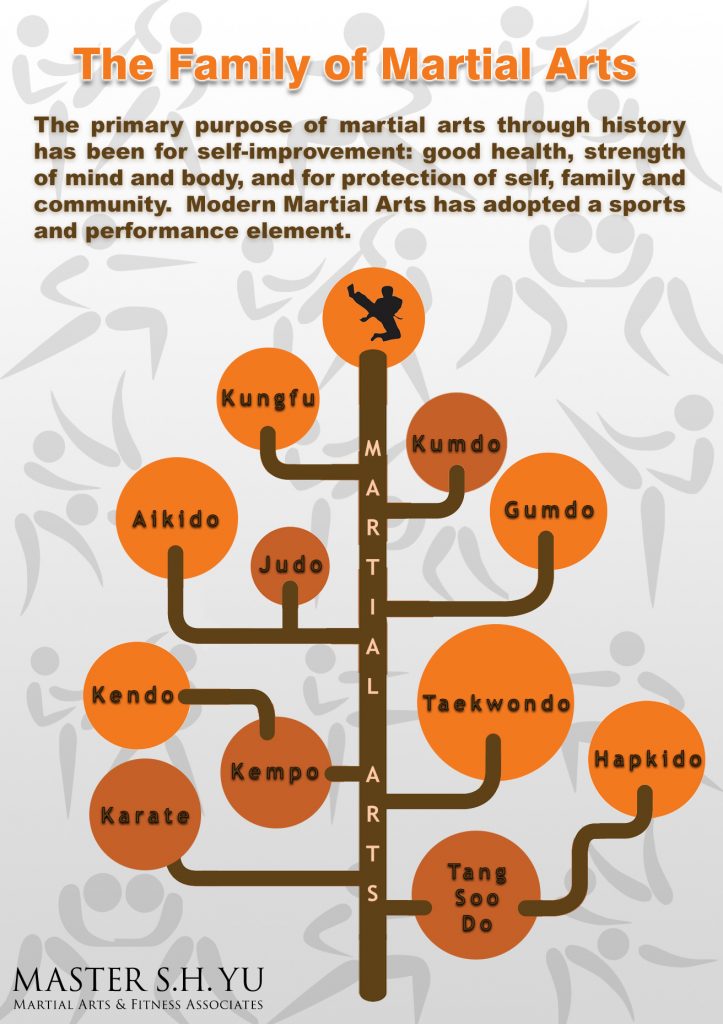Grasping The Art Of Taekwondo: A Guide To Forms And Their Significance
Grasping The Art Of Taekwondo: A Guide To Forms And Their Significance
Blog Article
Authored By- taekwondo for adults near me
Did you recognize that there are over 20 different taekwondo types, each with its own unique sequence of motions and techniques? These kinds, additionally known as poomsae, play a vital duty in the method and advancement of taekwondo professionals.
Yet exactly what are these kinds, and why are they so substantial? In this conversation, we will discover the basics of taekwondo kinds, their origins, and the crucial elements that make them an important part of this fighting style.
Whether you're a beginner or an experienced expert, understanding the significance of taekwondo kinds will deepen your appreciation for this old practice and enhance your journey towards proficiency.
Origins and Evolution
The beginnings and evolution of Taekwondo can be mapped back to old martial arts techniques in Korea. learn this here now was created over 2,000 years earlier and has actually since become a popular and globally identified sporting activity.
Taekwondo was greatly affected by numerous Korean fighting styles styles, such as Taekkyon and Subak, as well as Chinese fighting styles. It was initially used as a way of protection, yet in time, it evolved into an affordable sport that focuses on striking strategies and high kicks.
In the 20th century, Taekwondo went through a considerable change and was standardized into its contemporary type. The Korea Taekwondo Association played an essential function in this procedure, assisting to establish policies, techniques, and forms that are still followed today.
Key Elements and Techniques
Now let's check out the essential elements and techniques of Taekwondo. To completely understand martial arts quotes and techniques, it is very important to dive much deeper into the following subtopics:
- Positions: Taekwondo emphasizes the proper use of stances, such as the front position, back position, and horse position. These positions supply security, equilibrium, and power in executing numerous strategies.
- Strikes and Kicks: Taekwondo is renowned for its powerful and dynamic kicks, including the front kick, roundhouse kick, and side kick. Strikes, such as punches and knifehand strikes, are also crucial techniques in Taekwondo.
- Blocks and Defense: Effective defense is important in Taekwondo. Blocks, such as the high block and reduced block, are utilized to safeguard versus inbound strikes. Proper timing and positioning are vital to successfully defending oneself.
Advantages and Impact
One of the significant advantages of practicing Taekwondo is the improvement of physical conditioning and general health. By engaging in normal training sessions, you can boost your cardio health and wellness, toughness, flexibility, and endurance. Taekwondo entails a range of activities that target different muscular tissue groups, assisting you construct a solid and toned figure.
In addition, this fighting style promotes mental wellness by lowering stress and anxiety levels. The discipline and focus called for in practicing Taekwondo can help improve your focus and enhance your capacity to deal with challenging circumstances.
In addition, the method of Taekwondo imparts a feeling of self-esteem, self-discipline, and self-control, which can favorably affect different areas of your life. Overall, practicing Taekwondo can result in a healthier and much more well balanced way of living.
Final thought
So there you have it! Taekwondo types aren't simply mere routines, however a depiction of the rich background and evolution of this fighting style. By understanding the crucial elements and techniques, professionals can gain countless physical and psychological benefits.
From boosted adaptability and strength to enhanced emphasis and technique, taekwondo kinds have a lasting effect on those that practice them.
So, whether you're a newbie or a seasoned martial artist, welcome the power of these kinds and let them take you on a journey through time.
